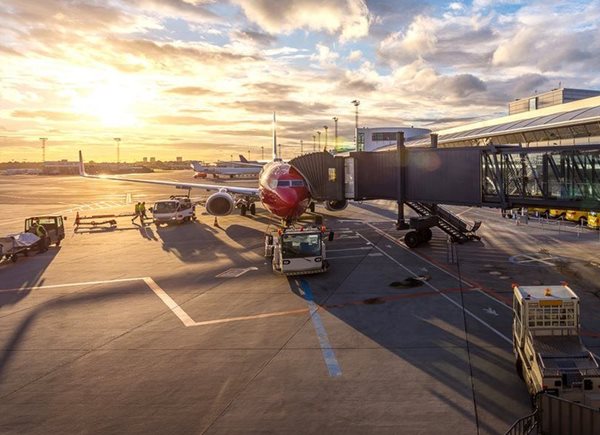Top stories



Marketing & MediaHow Spar is using localised marketing to redefine the urban retail experience
Karabo Ledwaba 2 days

Marketing & Media#BehindtheCampaign: Inside Puma Mostro's iconic return at Cape Town's Castle of Good Hope
2 days


More news





ESG & Sustainability
How South Africa’s conservation efforts can thrive with Indian partnership

















![Today, Halo and Demographica announce a new specialist agency, Second Rodeo]], headed up by Mike Stopforth (left). Dean Oelschig, managing partner and founder of Halo (right) says they will work as a group but ultimately, each agency will be an individual specialist](https://biz-file.com/c/2505/772543-64x64.jpg?2)

